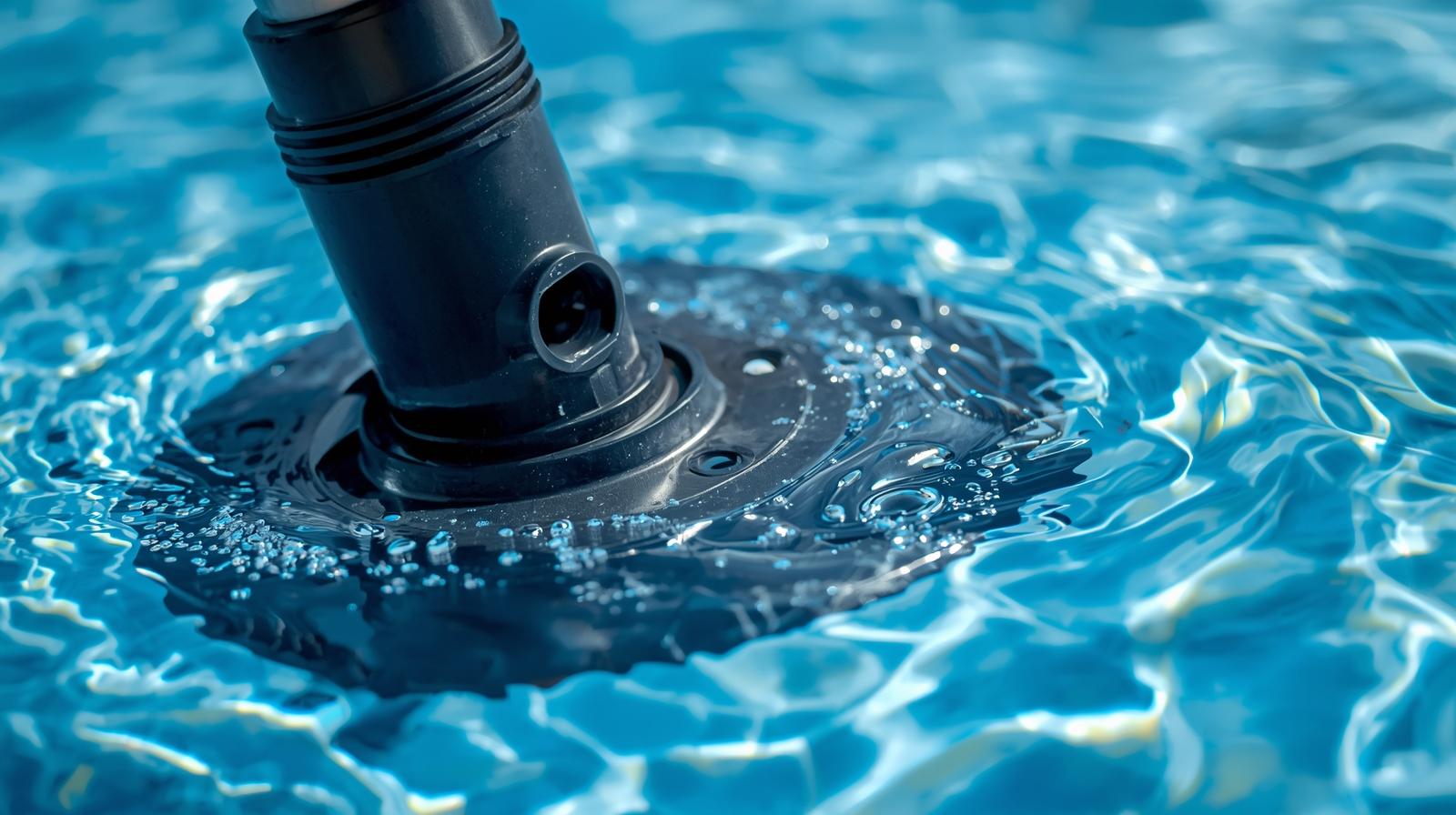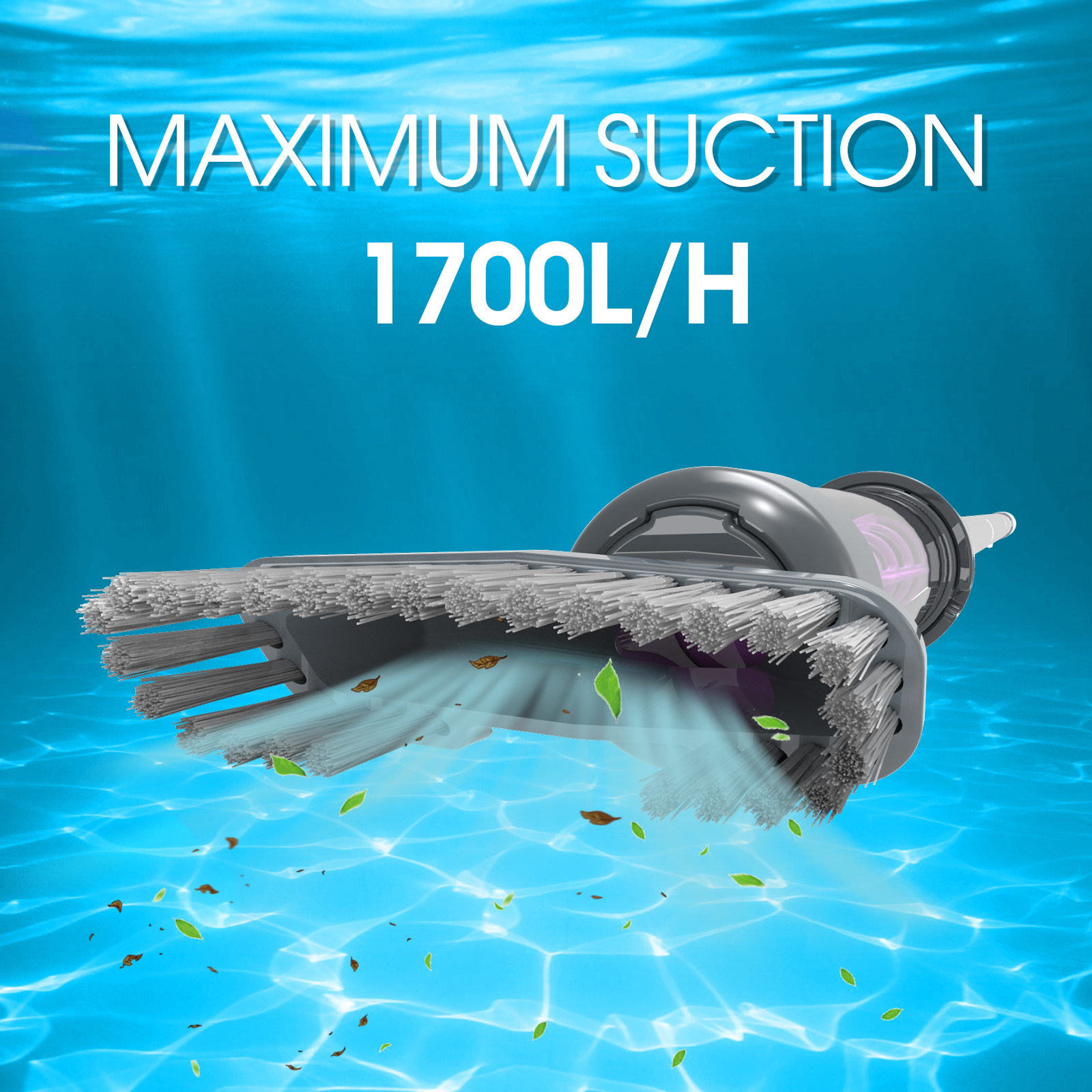
High-Load Pool Cleaning Tools for Public Aquatic Centers and Gyms
Limits of Standard Cleaning Tools in High-Load Environments
Large pools operated under continuous use quickly expose the weakness of basic pool cleaning tools. Lightweight vacuums with plastic frames often crack, brushes lose bristle stiffness under chlorine, and poles bend when extended across wide spans. Each failure disrupts maintenance cycles and adds hidden costs. For facilities demanding uninterrupted operation, only heavy-duty pool vacuum systems and reinforced accessories provide consistent reliability.
Defining the Core Strengths of Heavy-Duty Equipment
-
Reinforced Build: Frames built from anodized aluminum or stainless steel resist bending, while fiberglass poles maintain stability across wide lanes.
-
Ergonomic Handling: Balanced professional pool accessories reduce operator fatigue, covering large surfaces with fewer passes.
-
Hygiene Performance: Dense bristles scrub algae from grout lines, and UV-resistant skimmer nets capture debris before it sinks and stresses filtration systems.
-
System Compatibility: Tools designed to commercial standards integrate seamlessly with pumps, hoses, and commercial pool equipment already in use.
Standard vs. High-Load Pool Cleaning Tools
| Feature | Standard Tools | High-Load Tools (Bonny Focus) |
|---|---|---|
| Material Strength | Plastic, lightweight aluminum | Anodized aluminum, stainless steel |
| Durability | Short-term, frequent breakages | Multi-season reliability |
| Hygiene Performance | Basic cleaning only | Deep scrubbing, debris retention |
| Cost Over Lifecycle | Lower upfront, higher turnover | Higher upfront, lower total cost |
| Operational Fit | Household use | Aquatic maintenance solutions |
Why High-Load Tools Matter in Daily Operations
In high-traffic facilities, aquatic maintenance solutions depend on predictable cleaning cycles. Reinforced equipment minimizes downtime, extends replacement intervals, and supports strict hygiene compliance. Reliable OEM pool supplies also improve staff efficiency, as tasks are completed faster and with less strain. Over time, heavy-duty designs shift cleaning tools from disposable items into long-term operational assets that sustain safe and cost-effective maintenance.
Q&A: Practical Considerations
Q1: Why invest in heavy-duty tools when cheaper options exist?
A: Low-cost tools break faster, causing higher replacement frequency and hidden labor costs. Heavy-duty designs cut lifecycle expenses.
Q2: Do robotic cleaners replace manual tools?
A: No. Robots handle broad surfaces, while heavy-duty pool vacuums and brushes clean steps, corners, and overflow areas. A hybrid approach is most effective.
Q3: What should procurement evaluate?
A: Corrosion resistance, ergonomic handling, compatibility with existing systems, and projected lifecycle costs. Suppliers with OEM support add flexibility.
Bonny’s Edge in High-Load Solutions
Bonny specializes in commercial pool equipment engineered for heavy-load aquatic maintenance. Advantages include:
-
Integrated production: From mold design to assembly, ensuring quality consistency.
-
OEM pool supplies: Customizable solutions to align with project requirements.
-
Certified compliance: CE, RoHS, and ISO standards, ensuring global market entry.
-
Durability-first philosophy: Every tool—from heavy-duty pool vacuums to reinforced skimmers—is tested for real-world intensity.
For details on Bonny’s full range of professional pool accessories, visit the homepage or connect through the contact page. By choosing Bonny, operators secure not only tools but a long-term partner in reliable, high-load aquatic maintenance.







